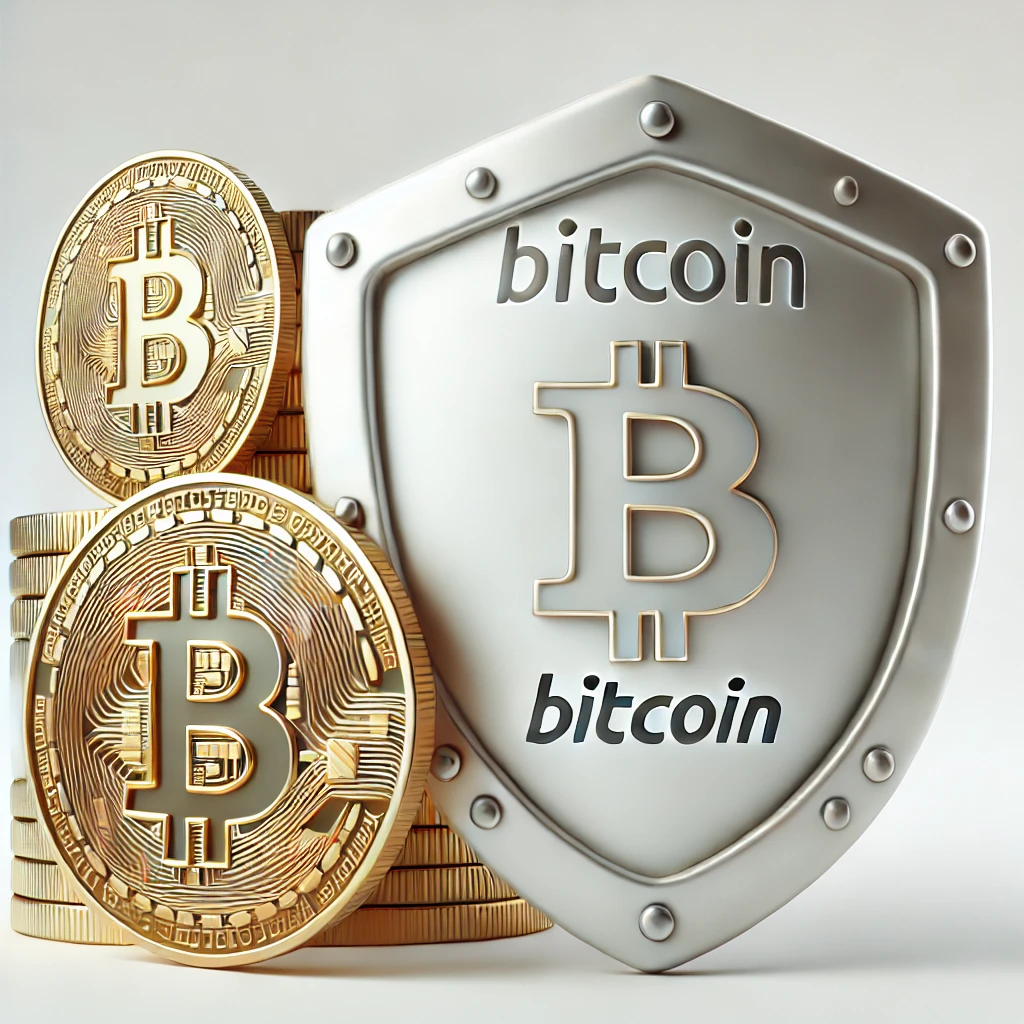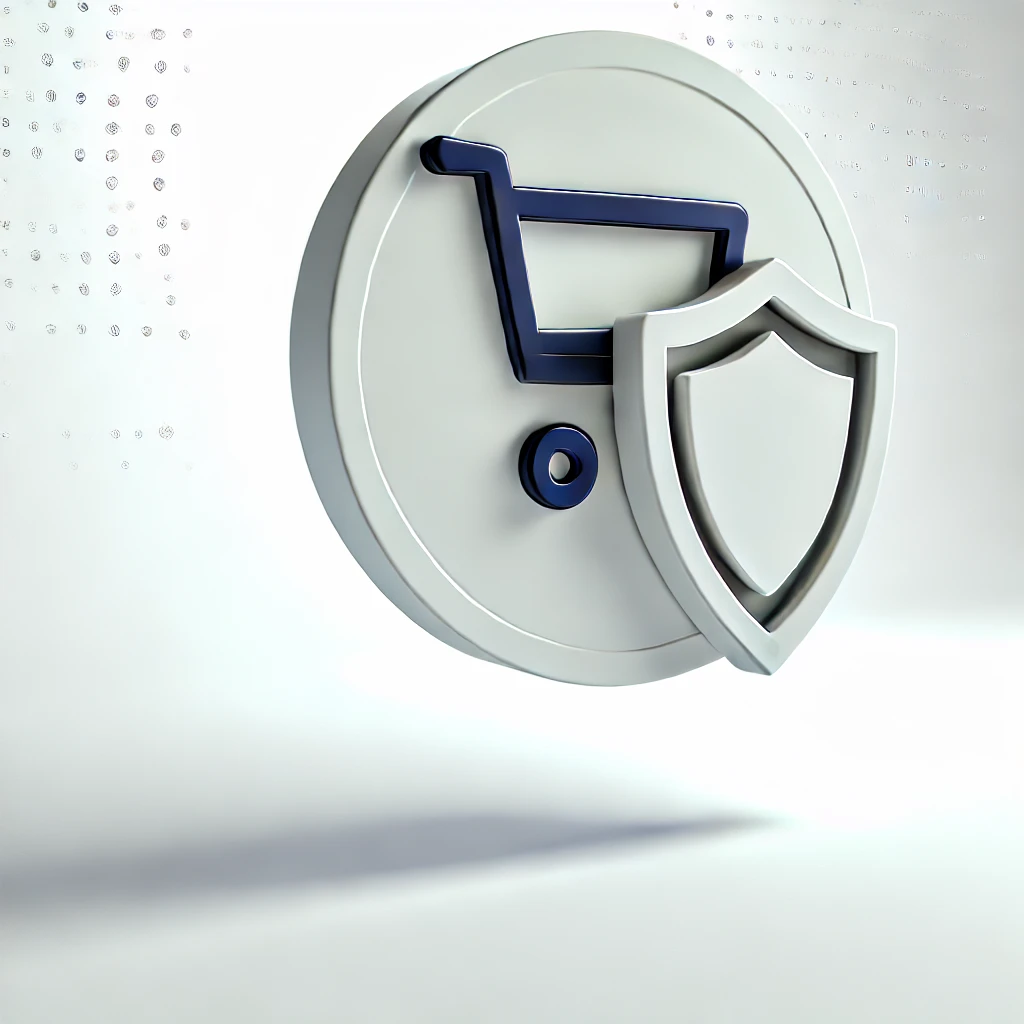What is ISO 20022, and How Will It Impact the Future of Payments?
The global payments landscape is on the brink of a major transformation, thanks to a new messaging standard called ISO 20022. This standard has the potential to unify payment systems worldwide, allowing for faster, more transparent transactions that benefit individuals, businesses, and financial institutions. For blockchain and cryptocurrency enthusiasts, ISO 20022 holds significant potential, as it could bring blockchain-based payments closer to mainstream adoption. Here’s what ISO 20022 means and why it’s critical for the future of global payments.
What is ISO 20022?
ISO 20022 is an international standard for electronic data exchange between financial institutions. Unlike previous standards, which were limited in terms of data richness, ISO 20022 allows for the transmission of more detailed information within each transaction. This capability supports better communication across payment systems and enhances data accuracy, security, and efficiency in financial transactions.
Why ISO 20022 is Important
The goal of ISO 20022 is to create a universal language for global payments, making cross-border transactions faster, more transparent, and cost-effective. As it becomes the new standard, ISO 20022 could replace various regional systems and unify them under a single protocol, helping banks and financial institutions process payments with fewer delays and errors.
For instance, SWIFT (Society for Worldwide Interbank Financial Telecommunication), the primary network for international payments, is adopting ISO 20022 for its cross-border transactions. With SWIFT’s adoption, ISO 20022 is positioned to become the foundation for secure and streamlined global payments, creating a standardized experience for institutions worldwide.
How Does ISO 20022 Impact Blockchain and Cryptocurrency?
ISO 20022 isn’t exclusive to traditional banking. It has significant implications for blockchain technology and cryptocurrencies, which are already reshaping the digital economy. Here’s how:
- Integration of Blockchain-Based Payments
ISO 20022’s data-rich messaging standard aligns well with blockchain’s capabilities. By adopting ISO 20022, financial institutions can create a bridge to blockchain technology, allowing cryptocurrency transactions to integrate more easily with traditional financial systems. This integration could make blockchain payments more accessible for businesses and consumers alike. - Enhanced Compliance and Security
Cryptocurrencies operating within an ISO 20022 framework could enhance their compliance with global financial regulations. With a standardized messaging format, cryptocurrencies like XRP and Stellar Lumens (XLM), which focus on cross-border payments, can meet compliance requirements more easily, increasing trust among users and regulatory bodies. - Interoperability Between Crypto and Traditional Systems
ISO 20022 could facilitate interoperability between cryptocurrency networks and traditional payment systems, which has been a challenge in global finance. Interoperability means crypto transactions could be processed alongside fiat transactions seamlessly, enhancing convenience and expanding the usability of cryptocurrencies in everyday transactions.
Examples of Cryptocurrencies Aligning with ISO 20022
Some cryptocurrencies are already preparing to work within the ISO 20022 framework to improve their compatibility with traditional financial systems:
- Ripple (XRP): Ripple Labs has focused on enabling faster and more affordable cross-border payments, aligning closely with ISO 20022’s objectives. RippleNet, Ripple’s payment platform, is compatible with ISO 20022, making it a preferred solution for banks and financial institutions transitioning to the new standard.
- Stellar Lumens (XLM): Stellar, a blockchain network designed for cross-border payments, aims to connect banks and financial institutions. By adopting ISO 20022, Stellar can create more efficient, cost-effective payment solutions that benefit institutions and unbanked populations worldwide.
These examples show how blockchain-based payment solutions are aligning with ISO 20022, expanding the role of cryptocurrency in the global payments landscape.
Key Benefits of ISO 20022 for the Future of Payments
The adoption of ISO 20022 offers several benefits that will shape the future of payments:
- Faster Transaction Speeds
With its enhanced data capabilities, ISO 20022 enables faster processing times, reducing delays and making payments nearly instantaneous. For businesses and consumers, this means quicker access to funds and fewer disruptions. - Improved Data Quality and Transparency
ISO 20022’s data-rich messaging format allows for more detailed transaction information, increasing transparency. Financial institutions will have a clearer view of each transaction’s purpose and history, which can reduce fraud and improve accuracy. - Cost Savings and Operational Efficiency
By consolidating multiple messaging standards into one, ISO 20022 reduces the need for expensive, complex integrations. The standard simplifies operations for financial institutions, which can lead to lower costs and potentially reduced fees for consumers. - Increased Global Accessibility
With ISO 20022 providing a common language for payments, more financial systems can interconnect worldwide, promoting global financial inclusion. For people and businesses in developing regions, ISO 20022 can enable better access to international markets and financial services.
What This Means for E-Commerce and Cross-Border Payments
For e-commerce businesses, ISO 20022 could make it easier to expand internationally. Faster, cheaper, and more reliable cross-border payments mean that e-commerce businesses can serve customers worldwide without the high costs or inefficiencies often associated with international transactions. As more financial systems adopt ISO 20022, e-commerce platforms may see improvements in transaction speeds and reduced currency exchange fees.
ISO 20022 also makes it easier for e-commerce businesses to explore blockchain and cryptocurrency payment options, as increased interoperability could allow for crypto transactions to occur within the same framework as traditional payments.
Conclusion
ISO 20022 is more than just a new standard; it’s a transformative force for global payments. By unifying traditional and blockchain-based systems, ISO 20022 offers a future where cross-border payments are faster, cheaper, and more accessible. For cryptocurrencies and e-commerce, ISO 20022 opens up new possibilities, allowing crypto to integrate with global financial systems more effectively. As ISO 20022 adoption continues, it’s likely to become a foundational pillar in the next generation of digital payments.




